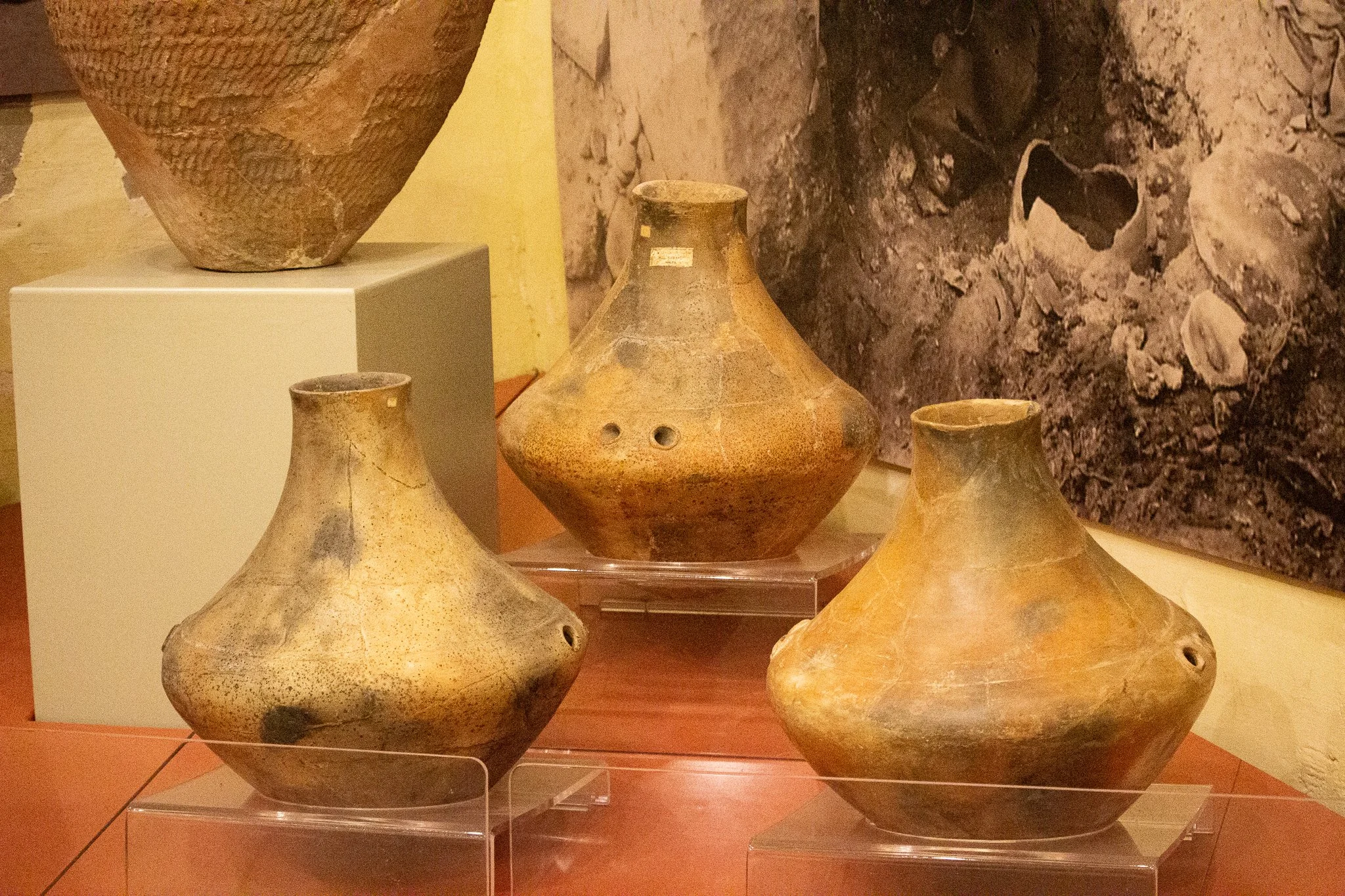The Mysterious & Fascinating Megalithic Temples of Malta
The tiny island nation of Malta (122 sq. miles) is home to an astonishing number of ancient monolithic sites- many more than one would expect for such a small area. These temples are OVER 5,500 YEARS OLD (!), predating both the Egyptian pyramids and Stonehenge by centuries! Seven major megalithic temples (UNESCO World Heritage sites), a remarkable underground burial site (see below), various dolmens, and scattered monolithic stones are all found in Malta. How and why these structures were built remains a mystery.
I was fortunate to visit five of these sites, and was left with a feeling of awe at their complexity and size, and for the sophistication of the art left by Malta's prehistoric people. (Oh, and not to forget...the elongated skulls!)
Hal Tarxien
Hal Tarxien consists of four distinct temples, the earliest dating to 3600 BC!
It’s the largest prehistoric temple complex in Malta.
Located in the South Temple, the original basin and spiraled wall shown here now reside in the National Museum of Archaeology in Valletta. This area contained other prehistoric art, including sculptures of goats, bulls, pigs and a ram.
Artifacts discovered at the site include the bottom half of a huge statue with pleated skirt (the original is also now protected in the National Museum of Archaeology).
Additional artifacts discovered at Hal Tarxien, now in the museum.
Mnajdra
Mnajdra, consisting of three temples, commands a beautiful view of Filfla island and the Southern coast.
Large stones decorated with a pitted motif, shown here, are found in several of the monolithic sites in Malta.
Mnajdra is the only Maltese temple that aligns with the sun during the Equinoxes and the Solstices.
The rays of the rising sun enter the doorway of the South building. On the Spring and Autumn Equinoxes, the rays illuminate the altar in the innermost apse. On the Summer Solstice, the rays light up a monolith on the left of the altar, while a monolith on the right side is bathed in light during the Winter Solstice.
I was so fortunate to experience the Spring Equinox in Mnajdra! I loved the experience of waiting for the sun to travel through the door, onto the floor and finally lighting the altar - just as people did 5000 years ago! Then, a bonus - a little after sunrise, once the crowd had dissipated, a small group of women unexpectedly celebrated the Equinox with song and drums. Here, a woman standing in front of the altar holds her drum to catch the renewing rays of the sun.
Hagar Qim
Hagar Qim, a short walk from Mnajdra, is unusual with features and doorways along its external wall. Part of the temple floor is paved in stone slabs, as seen here.
The site is constructed of many colossal stones. One is 5.2 meters (17 feet) high, another weighs over 20 tons!
Hagar Qim is also unique in that it was constructed with two entrances.
Ggantiji
Ggantij, located on the island of Gozo, is one of the oldest free-standing monuments in the WORLD!
Set in the countryside, the temple in Spring is surrounded by flowers and green vegetation.
This monolithic site was once believed to have been build by giants, hence its name. It was used by the pre-historic people of Malta for over 1000 years.
One of many groups of carvings found at the sight, which can be seen at the Ggantija Visitors Centre.
Hal Saflieni Hypogeum
The Hal Saflieni Hypogeum is a multi-level underground site, consisting of three levels of rock-cut chambers.
The site recently underwent intensive conservation efforts and preservation is ongoing. For this reason, the number of visitors are limited and tickets must be purchased weeks or months in advance.
Photography is not permitted. The photo above is from the Smithsonian magazine, available at https://www.smithsonianmag.com/travel/maltas-hypogeum-one-worlds-best-preserved-prehistoric-sites-reopens-public-180963397/.
Walls painted with red ochre, pendants, minature pots, and sleeping figurines are among the many cultural artifacts found in the Hypogeum. The most famous is the “Sleeping Lady” crafted from clay, now residing in the National Museum of Archaeology, both tiny (approximately 5” x 3”) and intricately made.
Skeletal remains found in the Hypogeum are also on display in the museum. This includes several “elongated skulls” which have prompted much speculation as to their origin. (Aliens, anyone?)








